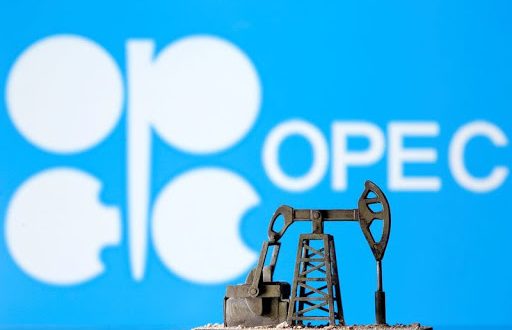OPEC+ has delayed its decision on the extent of crude oil production increases, raising questions about the alliance’s capacity to coordinate production and highlighting disagreements about supply policies, according to Fitch Ratings.
Earlier this week, OPEC+ postponed for a third time its meeting to finalise the decision on the next phase of production increases and each country’s production quota.
Saudi Arabia, Russia and the UAE are reportedly struggling to reach a compromise, it stated.
Oil prices have increased to the highest levels in three years due to a widening oil deficit, which we currently assess at slightly more than 1 million barrels per day (mmb/d). Oil supply is constrained by the previous alliance output decision, while crude oil demand is growing as the global economy recovers from pandemic-related shocks, said Fitch Ratings in its report.
While Saudi Arabia, Russia and the UAE have offered to boost the alliance’s production by 0.4 mmb/d each month from August to December, the UAE also demands to increase its baseline production (a starting point from which its cuts and increases are calculated) from April 2022 to account for its larger production capacity following investment.
The country has capacity of about 4 mmb/d and this may increase to 5 mmb/d by 2030, based on its investment plans. However, the country has an OPEC+ production quota of just over 2.7 mmb/d in July.
The gridlock tests the alliance’s ability and effectiveness to coordinate output decisions. In addition to the UAE, some other countries in the alliance, such as Iraq, Kuwait and Russia, are considering investments to increase production capacity.
Allowing one country to raise its baseline capacity may spur similar demands from other members and jeopardise efforts to control crude supply.
Although the price increases benefit crude oil producers, they are not driven by a structural deficit as about 6 mmb/d of production capacity has been removed from the market by OPEC+ and could easily be returned.
“We ultimately expect OPEC+ to agree on production increases. In addition, Iran could add about 1.5 mmb/d of supplies if US sanctions are lifted. Given the recovery of the global economy and mobility, the increased supply should mostly be absorbed by higher demand leading to a continued rundown in inventories this year,” he added.
OPEC+ output policies have been the main driving force behind the oil price recovery in 2020-2021, after a sharp decline in demand in March 2020 and a short period of unilateral decisions on production volumes taken by key alliance members.
Although oil demand has been recovering, emerging coronavirus variants are a risk to this recovery, making swift output decisions key to preventing sudden price drops, said the Fitch Ratings report.
The improved pricing environment strengthened the liquidity positions of oil and gas producers, particularly for sub-investment-grade issuers. This helped to stabilise the rating Outlooks of many sector issuers, it added.
 Iran Energy News Oil, Gas, Petrochemical and Energy Field Specialized Channel
Iran Energy News Oil, Gas, Petrochemical and Energy Field Specialized Channel




